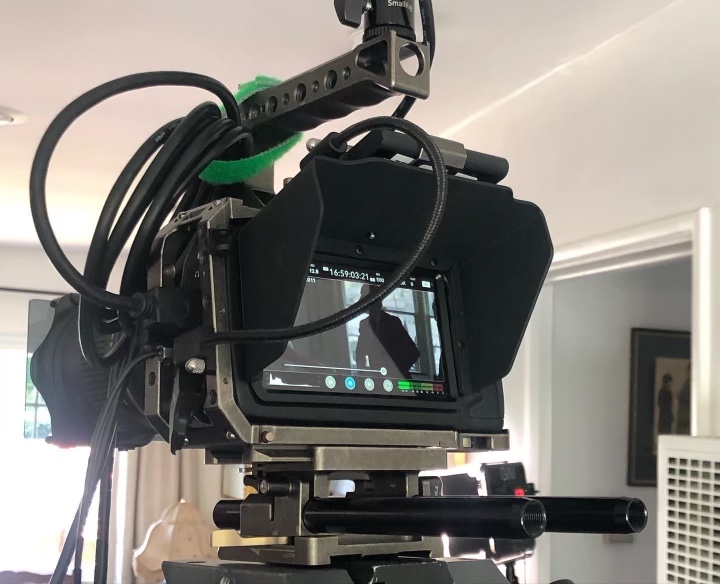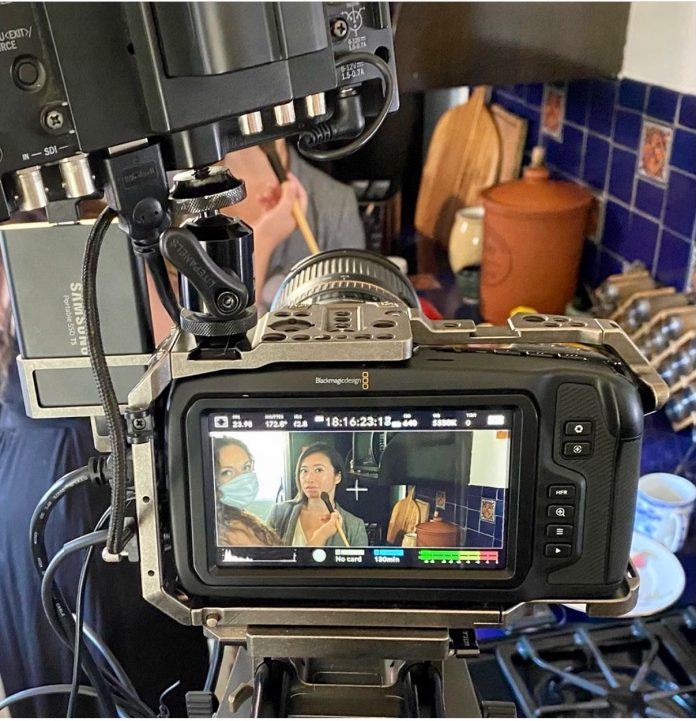There is a saying that I heard as far back as the year 2000, that still makes me stop and think. The saying is, “The best camera you will ever have, is the one you carry with you.”
On the surface, this seems to make a lot of sense like; “Return, Recycle, Reuse” or “It is always calm before a storm,” or the ubiquitous, “Don’t count your chickens until they hatch.”
But what does “The best camera you will ever have is the one you carry with you” to today’s filmmaker?
It is true that the iPhone that I carry is more advanced and probably has a higher dynamic range than most movies shot on film like “Citizen Kane,” “The Godfather,” and “Mean Streets” (I heard that comment from an “expert”). So, why are there so many “Pro Cameras” touting cryptic marketing terms like 4K, 6K, BRAW, Pro Res, Luts, HDR, Frame rates, Anamorphic, and my all time favourite, Duel Gain ISO. What does this all mean and will it make my film that much better than the competition’s?
When I got into the business back in good old 1989, every film I worked on as an actor was shot on 35mm film. Student and independent films were usually shot of super 16mm or just plain old 16mm. The intention of this article is not to compare, suggest, or explain why one format is better than the other, but like all advances in technology, the digital video camera made it affordable for anyone to make movies. The first movie I shot and directed (starring my three children in a murder mystery filmed in a park) was on an 8mm film camera. A friend of mine gave it to me and told me to make films like the great masters of yore did.

The excitement of loading the film cartridge and the whirring of the motor (it did not record sound), and of course, taking it to a local “camera shoppe” to drop off the film and have it developed and printed, was beyond stimulating. But was it a guarantee that it was going to be a masterpiece?
It was, however, the first and only time I ever used a film camera to tell a story. I was the tech guy. I had the first RCA VHS Video Camcorder, then I graduated to the Sony Mini DV Cam, Canon 70D, Canon C100 Mark II, and now I own a Blackmagic Pocket Cinema Camera 6K. And before you ask, yes, I am the guy who has to have the newest and most affordable digital video camera because I am a serious filmmaker. I am also the same dope that has spent a ridiculous amount of money, so much for “affordable,” elevating my current camera to the realm of professional digital camera. I also own an iPhone 12 Pro Max and A GoPro Hero 9.
But seriously, none of these innovations and advancements in the visual arts will ever be the substitute for a great story with believable and relatable characters, that capture the imagination of an audience, keeping them on the edge of their seats waiting for the next scene to come to an exciting climax.
The storyteller’s job is not dependent on the colour of the pen, or the model of the typewriter. This story that is about to be written, shot, and edited, is and will always be all about the human condition and the relationships between the characters, and what becomes of them. Not since Aristotle’s Poetics, has storytelling been more engaging and familiar to its audiences. The story’s the thing. If we focus on the technology and tools of filmmaking, we run the risk of presenting a shiny product with no substance. Our challenge as artists, in any discipline, is to tell that story using all our passion, our vision, and see it through the end. These amazing technological tools (toys) are there to serve us and help us tell the story, but the tools won’t do the job for us.



